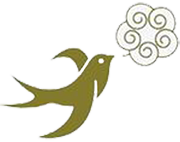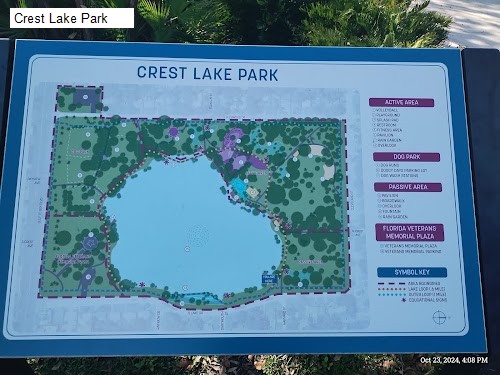3 /5 Wilson Andrew (AMAISDMC): The auditory experience of the environment was truly remarkable, characterized by the harmonious interplay of geophony and biophony. The geophony—the natural sounds of the non-living environment, such as the rustling of leaves, the gentle flow of water, and the whisper of the wind—blended seamlessly with the biophony, which encompassed the rich and diverse sounds produced by wildlife. Together, these elements created an immersive and serene soundscape that highlighted the vibrancy of nature.
In contrast, anthrophony—the human-generated sounds within the environment—was relatively minimal, primarily consisting of occasional noise from individuals passing through the park and nearby vehicles. These human sounds were subtle enough to not detract significantly from the natural ambiance.
During my visit, I had the opportunity to capture stunning photographs of both the natural landscape and various animal species. Notable among these were the Canada goose (Branta canadensis), a species known for its striking black head and neck with a white chinstrap; the Rouen duck (Anas platyrhynchos domesticus), a domesticated breed resembling wild mallards but larger in size; and the elegant Great Egret (Casmerodius albus), a majestic bird with its long neck, snowy white plumage, and graceful movements. Each of these species added to the richness of the parks biodiversity, offering unique photographic opportunities that showcased their beauty and ecological significance.
Andrew Wilson, AquaAI-SS (DMProC, AI-DMProC)
Self Taught Generalist


